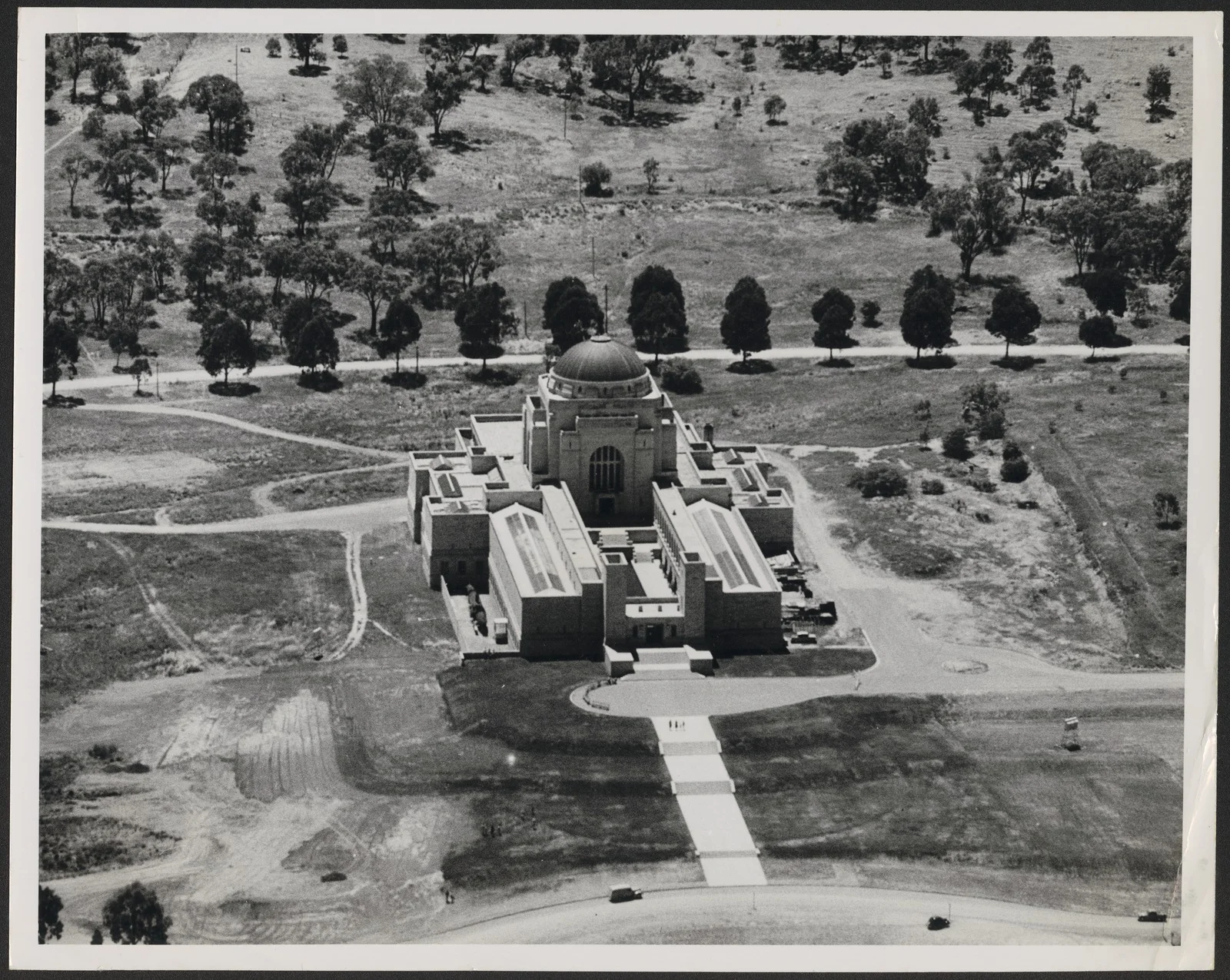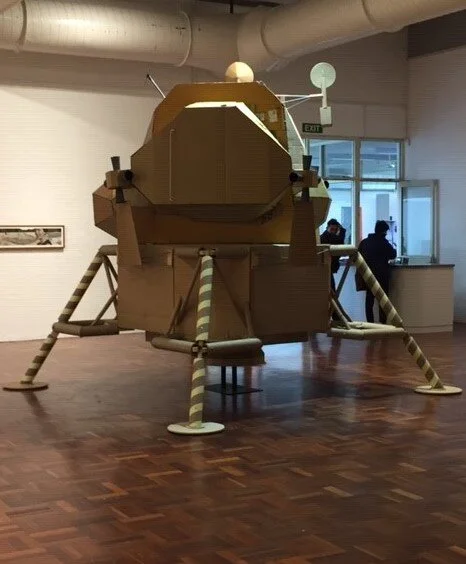What is forgotten and what is remembered?
Today (January 26) is Australia Day. This is an important date in Australia’s history. On this day in 1788 British settlement began in Australia with the First Fleet’s arrival at Sydney Cove. For First Nations People this day marked the start of their dispossession and all the misery that came from this. Therefore, Australia Day cannot be a day of national celebration alone.
Australia Day can be an opportunity to acknowledge and learn about our nation's past. A great starting point is one of my favourite Australian history books The Colony : A history of early Sydney by Grace Karskens. Winner of the 2010 Prime Minister's Literary Award for Non-Fiction it is a remarkable account of how British and Aboriginal people experienced the first years of the colony. Here is a taste:
It is a story about transformations, of peoples and landscapes. Not just one transformation—from a beautiful cove and valley to a thriving city—but the way that the early camp became a town, and how the town continued to be transformed by succeeding and conflicting visions of governors and people. But this is also a story about continuities: persistent habits, and threads and echoes, ways of thinking and doing transplanted, and passed on, cycles of seasons and generations and shipping, the rivers and creeks flowing on, the bushland growing back. I am fascinated by this interplay of transformation and continuity—what slips away, and what holds fast? What is forgotten and what is remembered?
— Grace Karskens, The Colony : A history of early Sydney
Acknowledgement: The image above is Sydney in about 1800. It comes from the State Library of NSW. Full details here.
Please share. Let’s get the past and present talking.





